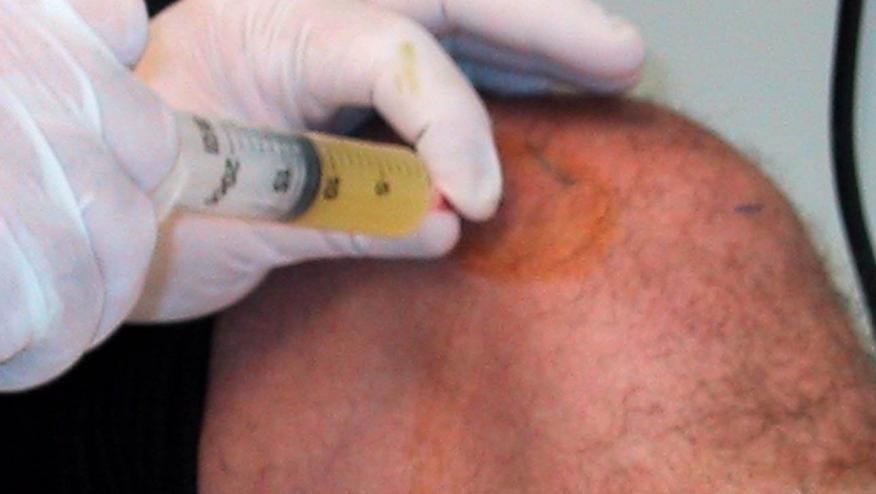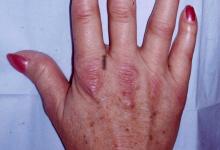Distinguishing Septic and Gouty Arthritis Save

A single center, retrospective review of patients undergoing knee joint fluid aspirations for presumed crystalline arthritis (CA) showed that synovial WBC may provide a useful diagnostic marker for SA with an optimal threshold of 50,000 cells/mm3.
Distinguishing septic arthritis (SA) from crystalline arthritis (CA) or the coexistance of both can be diagnostically and clinically challenging. This study sought to identify the prevalence of and define diagnostic laboratory markers for SA in the setting of CA.
A total of 225 knee aspirations were analyzed for synovial crystals, either monosodium urate (MU) or calcium pyrophosphate (CPP). While 56.4 % were positive for CPP and 43.6 % positive for MSU, 12 cases had superimposed SA (5.3 %).
Patients with SA were more likely to be on Immunosuppression (41.7 % versus 14.6 %, p = 0.0271) and have significantly higher mean synovial WBC (135,796 vs 22,510; p = 0.0007). There was no difference in percentage of PMNs between the septic and aseptic groups (90.6 % vs 69.7 %; p = 3.327).
Of the 12 cases of concomitant SA and CA, 83.3 % had a synovial WBC ≥50,000/mm3 (vs 10 % in the aseptic aspirations (p < 0.0001). Nine (75 %) aspirations in the septic group had ≥90 % PMNs, compared to 78 (36.6 %) in the aseptic group (p = 0.0123).
Patients wih both septic and crystal arthritis were best identified by:
- synovial WBC 50,000/mm3 (91.7 % sensitivity, 90.1 % specificity, AUC = 0.960)
- PMNs was 64 % (100 % sensitivity, 6.7 % specificity, AUC = 0.731).









If you are a health practitioner, you may Login/Register to comment.
Due to the nature of these comment forums, only health practitioners are allowed to comment at this time.